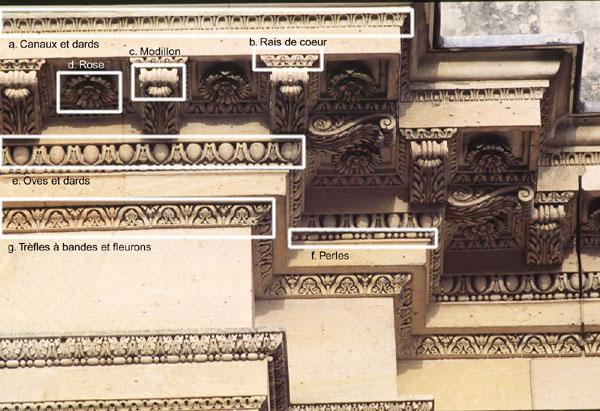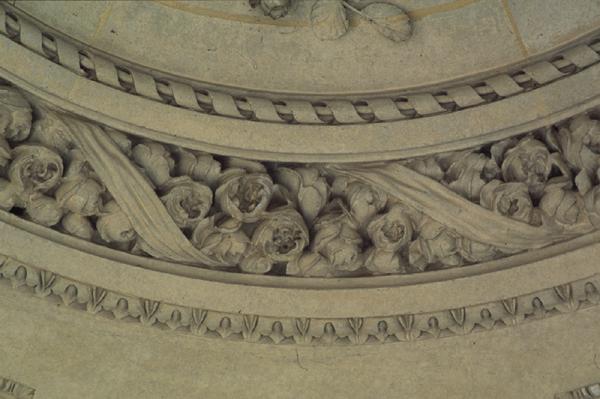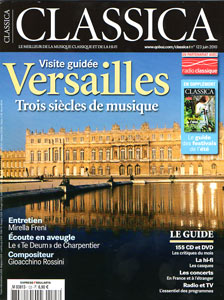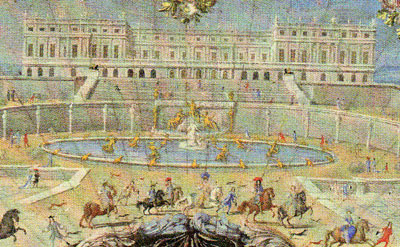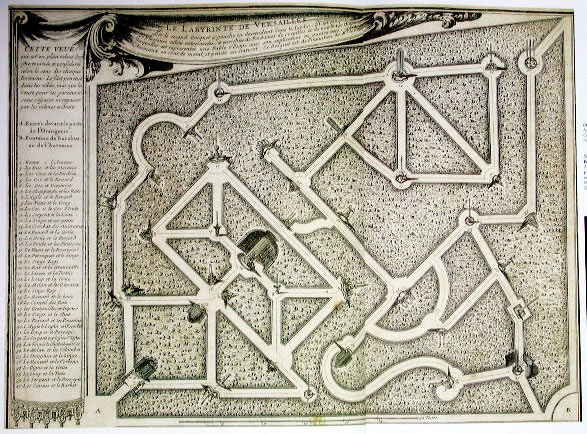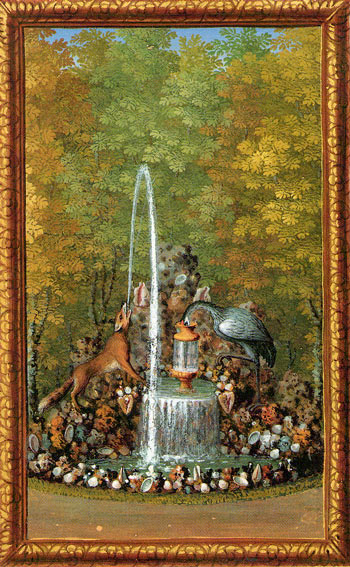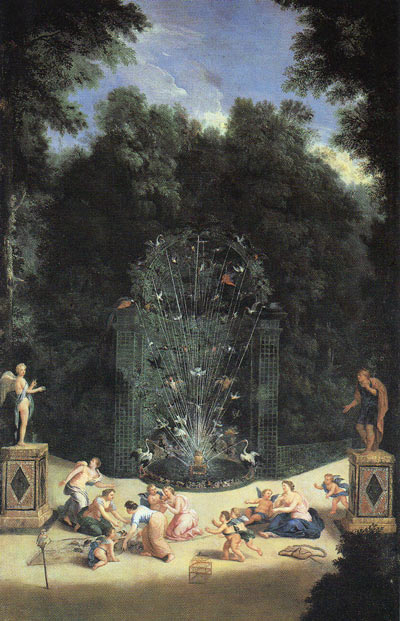Court Pomp and Royal Ceremony
Court Dress in Europe, 1650-1800
(Fastes de Cour - Le Costume de Cour en Europe, 1650-1800)
31 March to 28 June 2009,
Palace of Versailles
---
The exhibition Court Pomp and Royal Ceremony — Court Dress in Europe, 1650-1800 follows the history of court dress in Europe, revealing France’s major influence from the mid-17th to early 19th centuries.
Over 200 exhibits (dress, jewels, pictures) associated with the great European monarchies are assembled for the first time in an exhibition that will be held only at Versailles.
The Victoria & Albert Museum in London, the Pitti Palace in Florence, the Louvre, Musée Galliera, Les Arts décoratifs and Archives Nationales in Paris, and private collectors have agreed to loan some of their pieces. The royal collections of London, Dresden, Denmark (Rosenborg Castle), Sweden (Royal Armoury), and Portugal (Ajuda Palace), and the imperial collections of Vienna (Kunsthistorisches Museum), the Tsars of Russia (State Hermitage), and Cologne cathedral will for the first time be exhibited outside their countries of origin.
This event is part of the cycle of exhibitions evoking court life in the 17th and 18th centuries, such as Versailles and the Royal Tables of Europe, 17th-19th centuries in 1993-1994.
Court dress developed as a political symbolic language, whose prime function was to display in visual form the hierarchy of power. The costumes exhibited here evoke not only the exceptional circumstances accompanying the beginnings of national monarchy and the lives of European monarchs and courtiers (coronations and ceremonies of orders of chivalry) but also the prestigious events held at all courts, such as weddings. The dress worn on these occasions was strictly bound by the formality of court etiquette. Each special occasion was an opportunity to adapt court dress with the use of luxurious materials, cloth, embroidery, lace, trimmings and a wealth of real and costume jewellery. These costumes became a showcase for the luxury trade, displaying its technical and aesthetic innovations. As fashion became more important and styles changed more rapidly, so court dress also developed. Orders from European courts placed in Paris demonstrated France’s central influence in court dress and fashion and the excellent quality achieved by Paris craft workers.
Labels: Costume, Exhibitions, Versailles

 17th & 18th-Century history, arts & music
17th & 18th-Century history, arts & music


